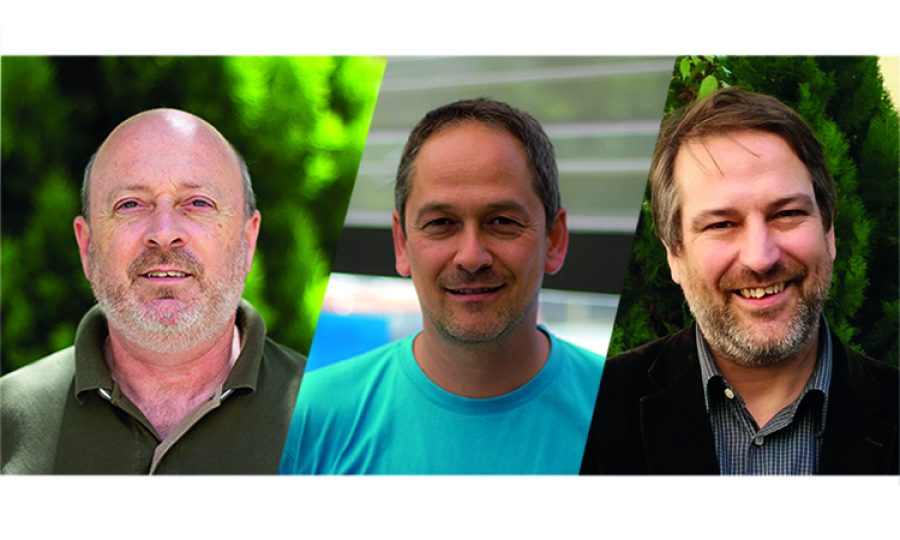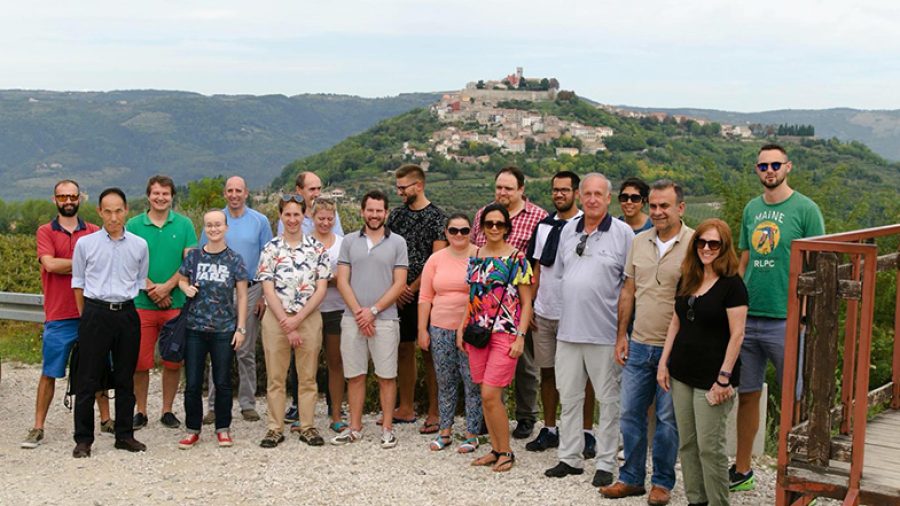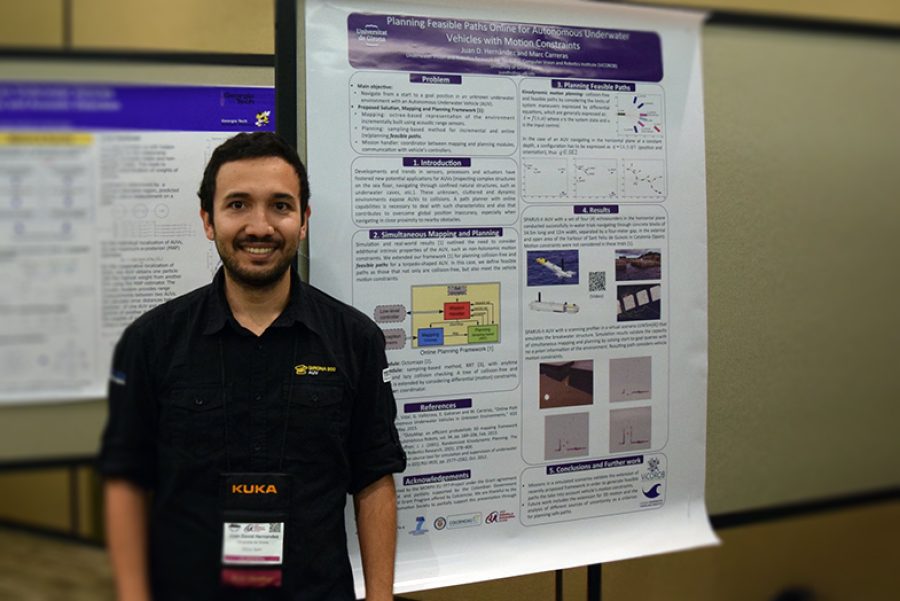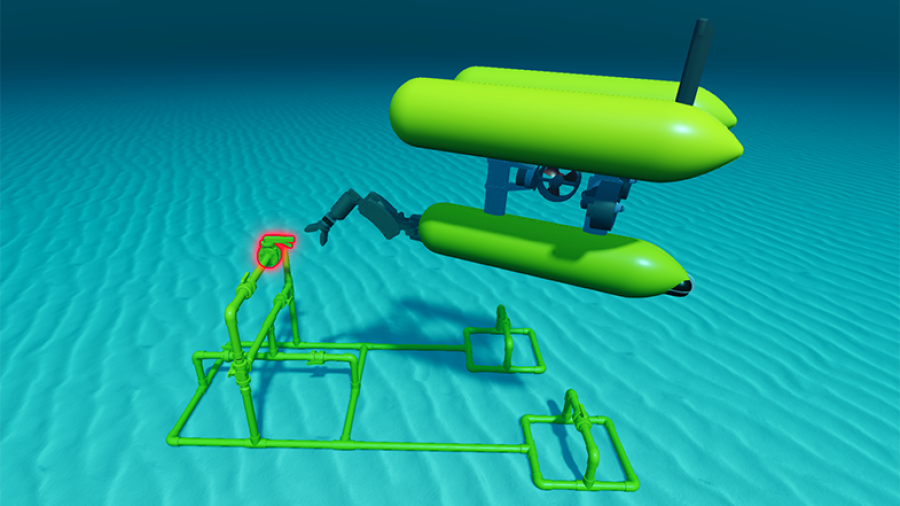This thesis focuses on the problem of SLAM, in particular feature-based SLAM, where a mobile autonomous vehicle explores an unknown environment, navigating by observing landmarks. As the environment is previously unexplored, SLAM algorithms must estimate the location of the landmarks in addition to the location of the vehicle. The majority of research in feature-based SLAM builds on the legacy of foundational work using the Extended Kalman Filter (EKF), a single-object estimation technique. Because feature-based SLAM is an inherently multi-object problem, this has led to a number of suboptimalities in popular solutions. We hypothesize that a feature based SLAM algorithm derived from multi-object estimation techniques can achieve superior estimation performance compared to conventional algorithms, especially in conditions where the aforementioned weaknesses are most promi-
nent. In this work, we develop such an algorithm, using the SC-PHD filter, a multi-object estimator modeled on cluster processes. This algorithm hosts capabilities not typically seen with feature-base SLAM solutions such as principled handling of false alarm measurements and missed detections, and navigation with a mixture of stationary and moving landmarks. We
present experiments with the SC-PHD SLAM algorithm on both synthetic and real datasets using an autonomous underwater vehicle. We also compare our method to the RB-PHD SLAM, showing that it requires fewer approximations in its derivation and thus achieves superior performance.
__________________
Aquesta tesis es centra en el problema de la localització y la construcció de mapes de forma simultània (SLAM), en particular en el SLAM basat en caracterı́stiques, on un vehicle mòbil autònom explora un entorn desconegut navegant mentre observa aquestes caracterı́stiques. Donat que inicialment l’entorn es desconegut, els algoritmes SLAM han d’estimar la localització d’aquestes caracterı́stiques de l’entorn al mateix temps que estima la localització del propi vehicle. La major part de la recerca en SLAM basat en caracterı́stiques s’alimenta del llegat fonamental en filtres de Kalman estès (EKF), tècnica d’estimació uni-objecte. Al ser el SLAM basat en caracterı́stiques intrı́nsecament un problema multi-objecte s’han popularitzat un nombre de solucions sub-òptimas. En aquesta tesis en fa la hipòtesi de que un SLAM basat en caracterı́stiques derivat d’una tècnica d’estimació multi-objecte pot aconseguir un major grau de rendiment en l’estimació comparat amb els algoritmes convencionals, especialment en aquelles situacions on les debilitats anomenades anteriorment són més presents. En aquesta tesis es desenvolupa aquest algoritme a partir d’un filtre PHD amb un únic grup (SC-PHD), una tècnica d’estimació multi-objecte basat en processos d’agrupació. Aquest algoritme té unes capacitats que normalment no es veuen en els algoritmes de SLAM basats en caracterı́stiques, ja que és capaç de tractar falses caracterı́stiques, aixı́ com caracterı́stiques no detectades pels sensors del vehicle, a més de navegar en un entorn amb la presència de caracterı́stiques estàtiques i caracterı́stiques en moviment de forma simultània. Es presenten els resultats experimentals de l’algoritme SC-PHD en entorns reals i simulats utilitzant un vehicle autònom submarı́. Els resultats són comparats amb l’algoritme de SLAM Rao- Blackwellized PHD (RB-PHD), demostrant que es requereixen menys aproximacions en la seva derivació i en conseqüència s’obté un rendiment superior.




